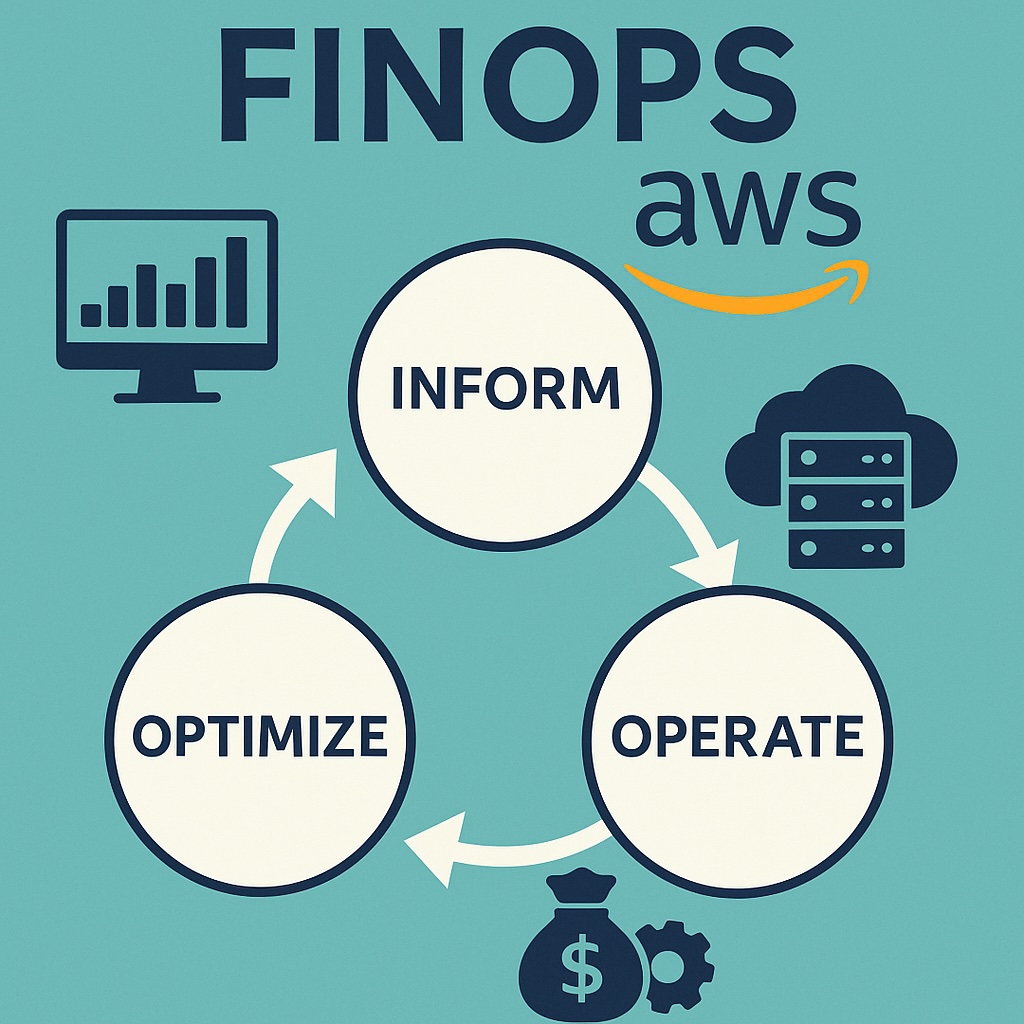Driving Cost Optimization Through FinOps:
How Our Team Adopted FinOps for AWS Savings Plans Governance

Introduction
Adopting FinOps principles has become increasingly essential for organizations looking to improve their cloud financial management. Our engineering and finance teams recently embarked on a targeted initiative to optimize AWS Savings Plans utilization. By aligning with the FinOps Framework — particularly in the domains of Inform, Optimize, and Operate — we transformed our approach to cloud cost management and created a repeatable model for continuous savings.
The Challenge
Despite having AWS Savings Plans in place, we noticed a significant portion of our committed usage was underutilized or poorly aligned with actual workloads. The finance team lacked real-time visibility, while engineering teams weren’t incentivized or equipped to factor cost considerations into their resource usage.
Key issues included:
- Limited understanding of effective Savings Plan coverage
- Fragmented ownership and accountability across teams
- Inadequate tools to monitor usage and utilization trends
- Lack of a centralized review process for purchase decisions
Adopting FinOps for AWS Savings Plans
1. Inform Phase: Building Visibility and Awareness
Our first step was to build a clear understanding of our current state. We implemented dashboards using:
- AWS Cost Explorer
- CloudHealth
- Custom Athena + QuickSight reports
These tools helped us track:
- Savings Plan utilization rate
- Coverage by instance family and region
- Unused committed spend
- On-demand usage eligible for coverage
To democratize this data, we shared dashboards across teams using scheduled reports and Slack alerts — supporting the FinOps capabilities of Allocation and Benchmarking.
2. Optimize Phase: Driving Efficiency
Next, we introduced a structured review process to guide optimization:
- Identify opportunities for new Savings Plans (based on forecasted usage)
- Highlight underutilized commitments
- Recommend workload scheduling changes to match commitment patterns
We integrated:
- AWS Compute Optimizer
- Cost Anomaly Detection
Practices adopted:
- Utilization thresholds (e.g., >90%) as KPIs
- Workload tagging for accountability
- Automation to right-size or terminate idle resources
Aligned FinOps capabilities: Usage Optimization and Rate Optimization
3. Operate Phase: Institutionalizing Governance
We created a Savings Plan Governance Policy:
- Engineering leads review monthly utilization reports
- Finance approves all new Savings Plan purchases
- A FinOps Champion coordinates efforts and reporting
We used:
- Jira-based workflows for approval and tracking
- A Savings Plan Utilization Scorecard for leadership reporting
The Results
In just 3 months, we achieved:
- Savings Plan utilization increased from 76% to 94%
- $30K/month in savings through better commitment alignment
- Stronger collaboration between engineering and finance
- A repeatable FinOps-based operating model for cloud cost governance
Conclusion
By embedding FinOps principles into our AWS Savings Plans strategy, we enhanced visibility, accountability, and financial efficiency. We transitioned from a reactive approach to a proactive, collaborative cost culture, aligning technical and business goals through informed decision-making.
We now treat cloud cost as a shared responsibility, in alignment with the core values of the FinOps Framework, and continue to iterate and mature our practices.